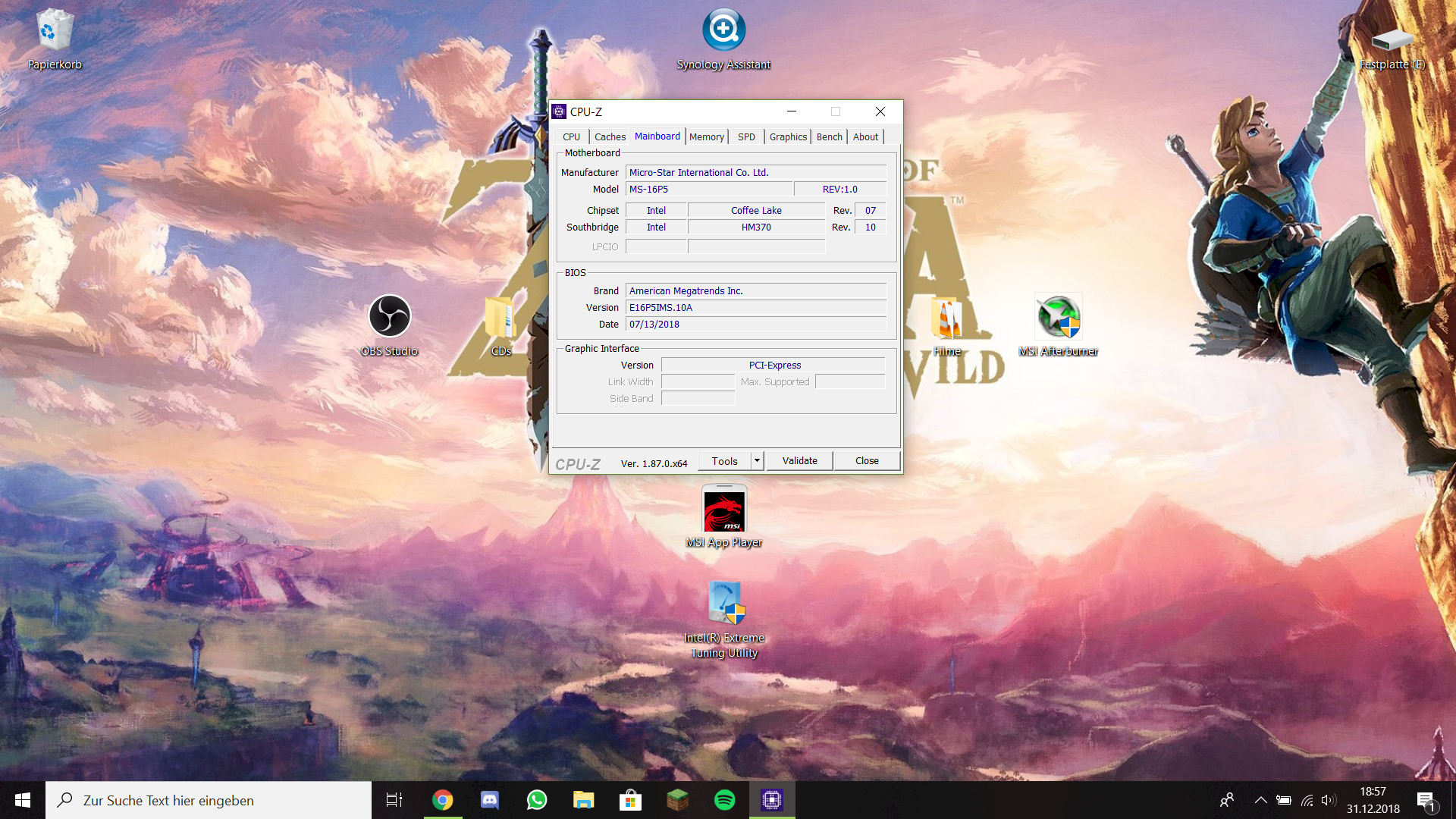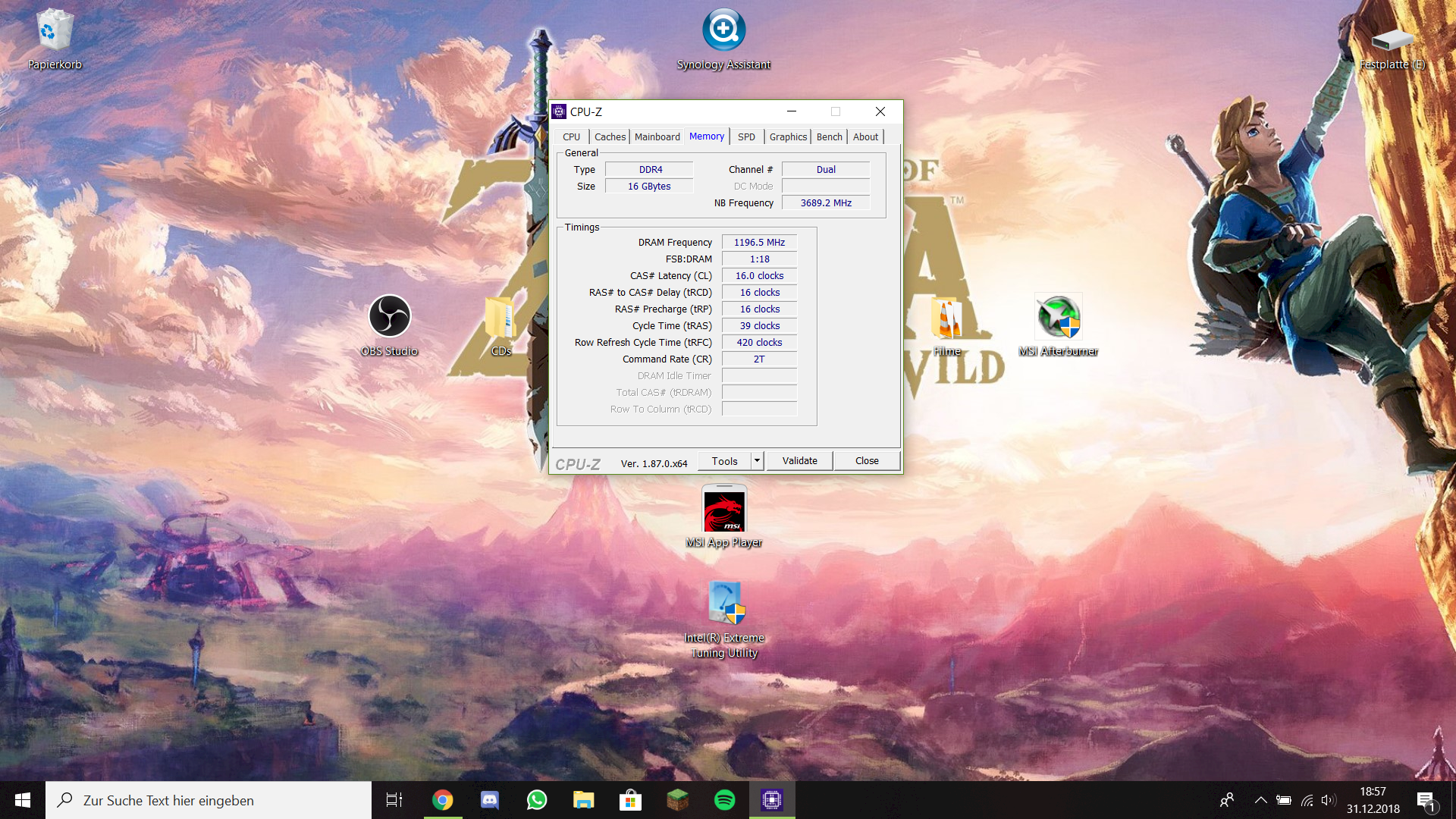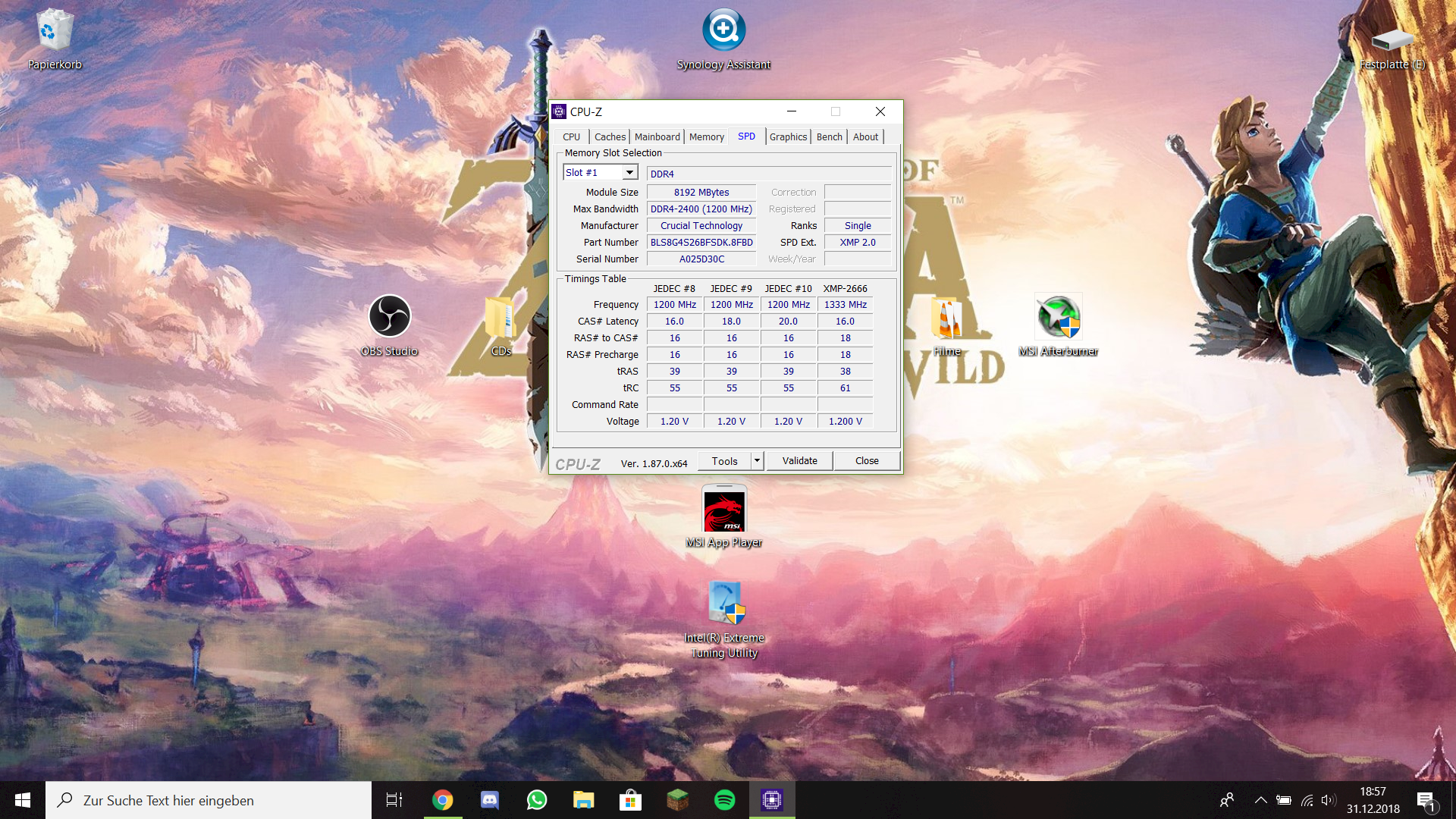Msi Ge 63 Raider RGB 8RF (laptop) after ram retrofit is Ram running at a wrong rate?
I recently upgraded my Ram 8gb 2666 mhz to 16Gb 2666mhz now I have the problem that the Ram runs only on 2400mhz… In bios, there's no option to set an xmp profile or configure the ram. Here are a few pictures of cpu z.



Stells in UEFI
How do I get into this UEFI? I always thought it was a boot mode and I do not really want to turn it on.
We would need screens from the uefi / bios menu. Which mainboard do you have?
So first of all a few information for general clarification. EFI / UEFI and Bios are the same. It is the firmware that is installed on your motherboard. The UEFI firmware has replaced the formerly common classic BIOS almost a few years ago.
Alternatively, you can run some UEFI firmware versions in BIOS mode. This can be useful to install operating systems like Linux that may have problems with UEFI. Windows 10, however, requires UEFI to my knowledge compellingly so it should be activated on your laptop.
Now for your RAM problem. The standard clock at DDR4 RAM is 2133MHz. All timings are dependent on several factors.
The motherboard chipset must support the higher clocking.
The RAM modules must support the higher clocking.
There must be no compatibility problems with the respective RAM module. This can sometimes be fixed / improved by a UEFI / BIOS update.
All RAM modules must support the same clocking, so in your case, all built-in modules must support the 2666mHz.
There must be no compatibility problems between the RAM modules.
Your laptop is equipped with an Intel HM370 motherboard chipset. 2666 MHz are the maximum in this chipset. If the speed can't be reached despite the correct configuration in UEFI / BIOS, you can consider first to perform a BIOS update. Otherwise, it will probably only help to replace the RAM modules with new ones. Ideally, you should get identical RAM modules and check beforehand whether they can easily handle the 2666mhz with your motherboard chipset.
However, it is questionable if it uses much in the end. Although the performance difference between 2400mhz and 2666mhz is measurable, it is unlikely to be noticeable to the user. If you have the choice to have 8GB 2666mhz or 16GB 2400mhz RAM I would always choose second one. The difference between 8GB and 16GB of RAM is noticeable with performance-hungry applications.
How do I perform a bios update and then there's the danger that Windows will be deleted or not?
Can be seen in the screenshots
This is your desktop. The "F2 / Del menu" (depending on the mainboard different) which you can call at start is meant.
You should be able to load the update on the manufacturer side. In your case at MSI.
For a tutorial just look in the support area at MSI. Actually, there should be a tool from MSI for Windows to perform the biosupdate that you find if it is not already installed in the download area on the MSI website. I do not need to worry about your Windows installation.
Thank you but unfortunately did not work out sry for the late reply.


